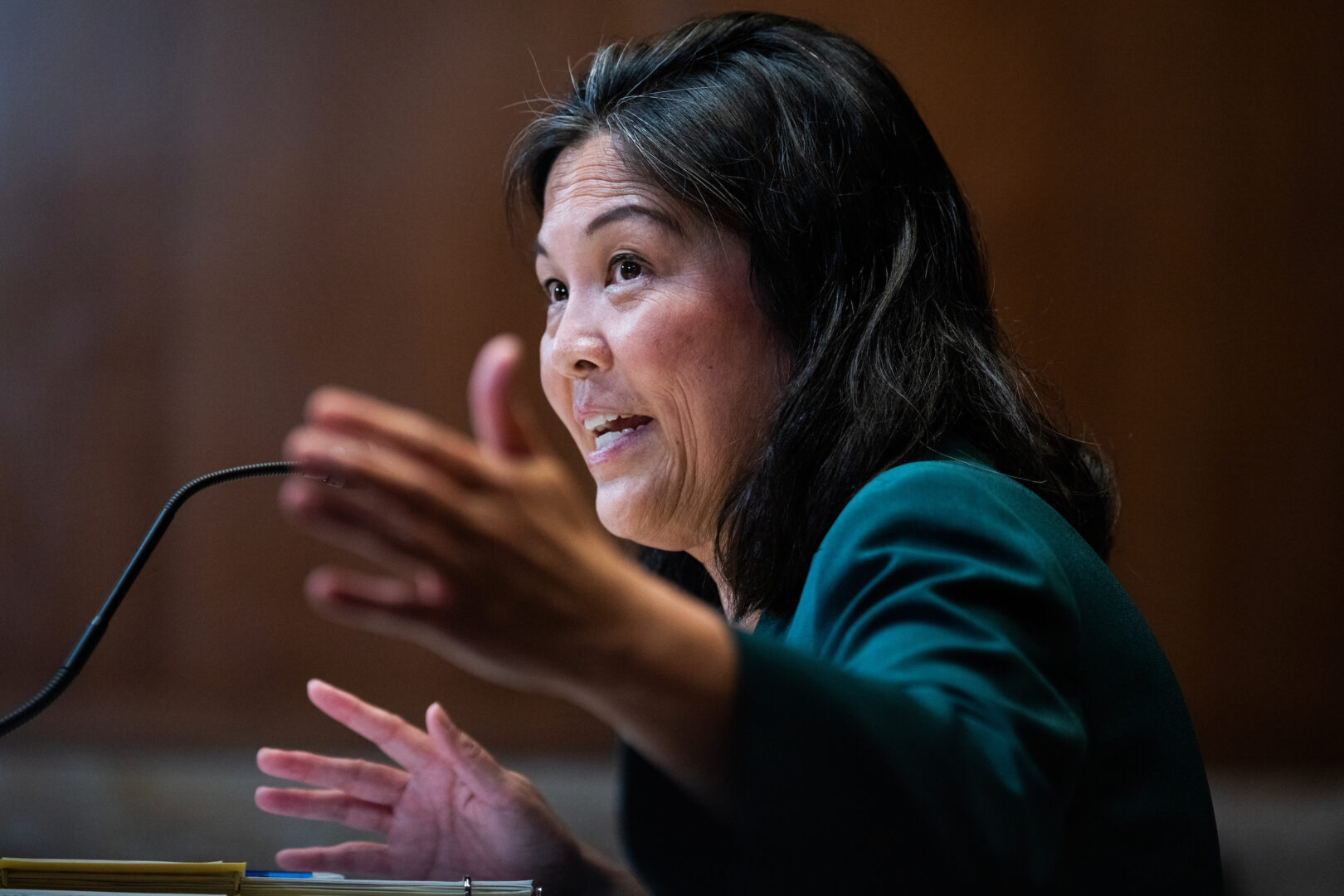As heat waves intensify, so does criticism of government support
Groups call for a 'moonshot' from federal agencies

A relentless heat wave in the U.S. and around the world has focused attention on the leading cause of weather-related deaths and the inadequacy of government efforts to address it.
Cities and counties across the U.S. scrambled to open cooling centers and respond to heat emergencies heading into a weekend when temperatures reached over 100 degrees in many areas.
The first five months of 2024 have been the warmest ever recorded in the United States and the trend is expected to continue all summer, according to the National Oceanic and Atmospheric Administration.
“In general, temperatures were above … averages across the eastern half of the United States, as well as much of the southern and central plains, Southwest and California,” NOAA’s Karin Gleason said in a call with reporters on Thursday.
The Centers for Disease Control and Prevention reported a record-high number of heat-related deaths in 2023, and another grisly record is expected this year considering the early start to the extreme heat.
But the CDC’s figure of just over 2,300 deaths from heat last year is considered to be an underestimate. An analysis released last month by the Associated Press said the number could be at least five times higher.
A coalition of environmental and labor groups filed a petition with the Federal Emergency Management Agency last week asking the agency to start a rulemaking to include extreme heat and wildfire smoke in the regulatory definition of a “major disaster.”
“It’s past time for FEMA to address the climate emergency head-on,” said Jean Su, energy justice director and senior attorney at the Center for Biological Diversity, which led the petition. “That means unlocking crucial funding for local governments to build robust and resilient solutions like community solar and storage, cooling centers and air filtration.”
In response to the rising death toll, the Biden administration has announced a series of steps aimed at alleviating the crisis.
The Department of Housing and Urban Development launched a website to help communities prepare for and respond to extreme heat events, while NOAA invested $4.6 million in two “virtual centers of excellence,” one in North Carolina and one in California, to collect data and develop strategies for local heat mitigation and management.
The Department of Health and Human Services also unveiled a new tool called the Heat and Health Index that tracks heat-related health problems by ZIP code so local and state officials can target resources to areas most affected.
“By working at the community-level to build resilience, this tool will help to lessen the impacts of heat on our communities at greatest risk,” the HHS said.
While federal agencies can help, responding to heat emergencies primarily falls to state and local governments. All states and territories have heat-mitigation plans, though only 14 states have “enhanced” ones that make them eligible for hazard mitigation grants from FEMA.
Far more needs to be done at the federal level, according to the Federation of American Scientists, a 75-year-old organization based in Washington that is working to minimize the risks of global threats such as climate change.
The federation in April urged the White House to establish a National Moonshot to Combat Extreme Heat, and it followed up last week with dozens of policy recommendations for building a “whole-of-government strategy” to address the crisis.
“Extreme heat is a serious public health problem disproportionately impacting many vulnerable populations, and the threat is increasing tremendously,” the federation concluded.
The Occupational Safety and Health Administration at the Department of Labor is developing a national heat standard that would require providing water, shade and paid rest periods to workers exposed to extreme heat, acting Labor Secretary Julie Su said at a House hearing last month.
During a visit last week to Florida, where Gov. Ron DeSantis recently signed a law prohibiting local governments from setting work requirements for heat conditions, Su said the proposed OSHA rule is expected to be published by the end of the year.
As for Congress, proposals to address the problem have lingered without much result.
Rep. Ruben Gallego, D-Ariz., sponsored legislation that would add extreme heat to the disaster definition, but it has seen no action in the House.
Rep. Sylvia R. Garcia, D-Texas, has a bill that would require 15-minute breaks every four hours for workers on construction sites.
A bill from Democrat Sen. Edward J. Markey of Massachusetts would establish a program at NOAA to improve preparedness and response to extreme heat and to establish financial assistance programs to address heat effects. It also has seen no action.
Valerie Yurk contributed to this report.





